Several years back Tamron started a new revolution of affordable supertelephoto zoom lenses with the SP 150-600mm f/5-6.3 VC USD. The lens was an instant success and spawned a whole new class of such lenses. About this time last year Tamron launched a second generation of that lens (G2), and it showcased their new build quality and advances in autofocus and image stabilization (Tamron’s VC, or Vibration Compensation). Despite the excellence of those lenses, however, there are a large number of photographers for whom they are simply too large and heavy. They want telephoto reach, but want it in a lighter, more compact package…and don’t want to break the bank to afford it. If this happens to be you, then your prayers may just have been answered in the form of Tamron’s newest lens – the 100-400mm f/4.5-6.3 Di VC USD (A035). Is the 100-400 VC the lens you’ve been looking for?
Prefer to watch your reviews? Check out my video review here:
Earlier this year I reviewed a similar new lens from Sigma, though that lens has a smaller maximum aperture at 100mm of f/5 rather than f/4.5. I was surprised by how comparable the image quality was to the lens I benchmarked it against – the exceptional Canon EF 100-400mm f/4.5-5.6L IS II. That lens costs some 2 ½ times as much, but you wouldn’t have known it from the optical performance alone. Where the Sigma lagged was in autofocus performance where its focus motor simply couldn’t keep up with the kind of fast action that many people will want to track with this kind of lens. When I heard that Tamron was about to release a similar lens at the same price point, I was excited…mostly for the simple reason that Tamron has demonstrated the ability to wring a lot more speed and accuracy out of its most recent USD ring-type focus motors. The key is dual MPU processors, which enable the lenses equipped with them to offer focus speed and accuracy that, in my tests, can rival that of the best first party lenses.
I was excited to get my hands on a copy of the lens, and I immediately began to benchmark it against that same excellent Canon lens. The Canon’s advantage is a little more light gathering potential (it has a slight aperture advantage across most of the zoom range) and a more professional grade build, but that comes at the cost of an extra half kilo (1 pound) of weight.
Tamron 100-400 VC Build Quality
The 100-400 VC’s barrel is primarily magnesium, and the build quality feels very good, but it manages to come in as the lightest lens in the class at 40oz/1.11 kilos (about half the weight of the 150-600 G2 lens). The lens itself is fairly compact at 7.8”/199mm (the 150-600 G2 is 260mm). It’s actually a few millimeters longer than the Canon, but has a slimmer profile (about 8mm less in diameter) which results in a very common 67mm front filter thread.
Tamron’s current design language is decades more modern looking than their older lenses from 3 years ago and older, with a sleek “slightly-shinier-than-matte” finish and an understated platinum looking accent ring near the lens mount.
There is a focus distance window with markings in both feet and meters, and also a zoom lock (only locks in the 100mm position). The lens barrel does extend during zooming, but the damping/weight of the zoom action in my review copy was pretty much perfect. For those who care about such things, the lens zooms in the “Nikon” not “Canon” direction. The manual focus ring is nice and wide and moves easily, though without a lot of feel to it. You won’t mistake it for a Zeiss MF ring, but it gets the job down. The MF ring is closest to the camera, with the zoom ring further towards the end of the lens.
One area that I complained about the Sigma 100-400 Contemporary lens was that it didn’t come with a tripod collar. For many shooters this a key piece of equipment. The Tamron 100-400 VC doesn’t come with a tripod collar either, but at least it is designed to work with one, though the A035TM tripod mount is an additional cost accessory. This is clearly an area where Tamron has elected to keep the cost of the lens down. Some shooters that don’t use a tripod collar will undoubtedly appreciate not having to pay for something they won’t use.
The 100-400 VC employs two switches on the barrel, both with a high-quality feel and three rather than two switch positions. The AF/MF switch has a focus limiter in between these two positions. You will be able to tweak the focus limiter distance in the Tap In Console (an additional accessory, though you may find it a throw-in with some retailers). The second switch is for the VC (Vibration Compensation), and has two different VC modes along with the OFF position available. You will also be able to make minor customizations with the VC behavior in the Tap In.
The 100-400 VC sports a moisture resistant body, complete with a rear gasket at the lens mount, internal seals, and a fluorine coating on the front element. All in all, this is a very nicely built lens that strikes a nice compromise between build quality and weight savings. The build quality and functionality belies the relatively affordable price.
Tamron 100-400 VC Image Quality
The 100-400 VC has an optical formula of 17 elements in 11 groups, and, while I was surprised at how well the Sigma did in my earlier comparison, my expectations had grown as a result. I had high expectations for this lens. Fortunately the Tamron delivers, and in my head to head tests the image quality produced by it is just as good as that of the much more expensive Canon. The A035 delivers a very strong maximum magnification figure of nearly 0.28x, which is very handy for shooting macro-ish shots with an amazing working distance of right under 1.5 meters.
| Lens | f/4.5 | f/5 | f/5.6 | f/6.3 |
| Tamron 100-400 VC | 100-137mm | 138-184mm | 185-280mm | 281-400mm |
| Sigma 100-400 C | N/A | 100-113mm | 114-233mm | 234-400mm |
| Canon 100-400L II | 100-134mm | 135-311mm | 312-400mm | N/A |
Resolution
The perfect benchmark for the Tamron lens would be the Sigma 100-400mm Contemporary lens, but I didn’t have it on hand. What I did have, however, was the same lens that I benchmarked the Sigma against – my copy of the Canon 100-400L II. It’s an excellent lens, though in a completely different price bracket. Can the Tamron 100-400 VC punch above its weight like the Sigma did? The short answer is, “yes!” Check out this video segment where I break it all down in detail.
At 100mm the image quality is near identical from the lenses. They look pretty much the same across the frame. The Tamron has a very slight edge wide open on the extreme edges of the frame, but the results are more similar than different. All comparison crops below are Left, Center, Right:
When stopped down to smaller apertures like the f/8 the Canon shows a slight higher uptick in resolution, though both remain very similar.
At 200mm the Canon has a slight advantage in aperture value (f/5 vs f/5.6), though with both lenses wide open they are both extremely sharp across the frame. Stopping the Canon down to f/5.6 gives it a slight boost in center contrast compared to the Tamron, though the results remain close and the contrast results out at the edge are the same.
At 300mm the Canon has its biggest advantage in terms of aperture, as it is still at f/5 while the Tamron reaches its smallest aperture value of f/6.3 around 280mm. The Canon shows a slight bit more contrast in the center, though the lenses are equal in resolution. The Tamron shows a bit more vignette, though vignette on both is low. Sharpness on both images is consistent across the frame. 300mm seems to be the weakest point in my tests on the Tamron, but performance is still very, very high.
At 400mm the story remains essentially the same. The Tamron is sharp right out to the edge of the frame (a bit sharper in the edges than the Canon), though the Canon has less vignette.
Stopped down to f/8 the Tamron is actually the sharper of the two lenses both in center and near the edges, though there is still a bit of vignette left on the Tamron.
The copy I tested was nicely centered, with a very even performance across the frame. I also compared it to the Tamron 70-200mm f/2.8 G2 lens with a 1.4x teleconverter (I used the Canon 1.4x III since I did not have the Tamron TC on hand). Even stopped down to similar aperture values, however, the 100-400 VC was clear sharper (particularly on the edges).
A very impressive performance in terms of resolution and contrast. Images are crisp, detailed, and the lens produces excellent contrast even with the aperture wide open. I also saw consistently strong performance across the focal range, with an excellent performance at the perhaps most important focal length of 400mm.
Like many telephoto lenses, the Tamron 100-400 VC doubles as a nice landscape lens when stopped down a bit:
Other Optical Measures
One area of exceptional strength is chromatic aberration control, which is near perfect here. Even in this shot that seems custom made for chromatic aberrations in harsh transition areas, I saw none.
Likewise this shot of reflective surfaces at varying degrees of focus shows one of the lowest amounts of CA that I’ve ever seen. As I said, exceptional!
The flare resistance is good but not exceptional. There is definitely some veiling spreading out from the epicenter of the sun, but there are few unsightly ghosting effects on the positive side.
The 9 rounded aperture blades produce excellent quality bokeh, and, unlike the Canon, the Tamron 100-400mm VC doesn’t suffer from focus breathing and delivers tighter framing at most distances short of around 60 feet/20 meters or so. As a result, the potential for creating a highly blurred background in many settings is a bit higher. At close distances (around 15 feet or so), there is marked difference in the framing with both lenses at 400mm, as you can see here.
The Tamron’s bokeh is nice, and the long focal length combined with a reasonable minimum focus distance allows you to create a lot of it!
At minimum focus distance expect backgrounds to completely disappear:
This is another area of strength for the Tamron lens. All in all there is next to nothing to criticize on the Tamron lens. It has more vignette than the Canon lens, but not significantly, and the list of optical strengths is high.
APS-C Performance
Like the Sigma 100-400mm f/5-6.3 Contemporary, this is a lens that survives the transition to APS-C without issue. I used it on a Canon EOS 80D body along with a few shots to test AF on the Sony a6500 via an adapter. The lens focused well for me on APS-C (particularly the native Canon mount, obviously), and delivered very good image quality. Sharpness wasn’t quite as “acute” as on full frame, but that is to be expected. This is the lightest lens in the class, so that also helps make it a very nice fit on APS-C. Here is a small gallery of samples from on the 80D.
Tamron 100-400 VC Focus and Tracking Quality
As previously noted, the one area where I felt the Sigma 100-400mm Contemporary lens fell short was in the area of focus speed/tracking ability. The lens focused accurately for me in stills mode, but just wasn’t able to keep up with the kinds of high speed action (sports, birds in flight, and wildlife) that such a lens will be commonly used for. It was this test that I was most keen to run with the Tamron 100-400 VC, as I can’t really recommend a lens in this class that can’t do an adequate job in this area.
Tamron has of course added the ability to really tweak the autofocus performance and accuracy through their Tap-In console, but I’ve noted that there are both some significant strengths to this approach (great AF performance) but also a glaring weakness (the calibration process is very time consuming and has a bit of a learning curve). I’ve got a whole video playlist devoted to this topic.
Tamron’s next goal is to minimize the need for extensive calibrations by trying to improve their process to where lenses are better able to focus well (accurately) right out of the box. If the copy of the 100-400 VC that I reviewed is any indication, they are making some serious progress in this area. On both the Canon 5D Mark IV and Canon 80D bodies I tested the lens on, I had excellent focus accuracy right out of the box. At 400mm I could make no improvement through calibration, and on the wide end I eventually dialed in a +2 value. I was counting eyelashes from across the room right out of the box, which was a delight!
But most important was the lenses ability to track action. Does the Tamron 100-400 VC succeed here? The best way to answer that question is to watch this video here:
The most crucial test came when shooting high speed action in AF Servo mode. I used a Canon 5D Mark IV for this test, and shot the Tamron and Canon lenses back to back. I found that while the Canon delivered slightly more keepers (as expected), the Tamron was nearly as good. Good enough, in fact, that I think most “birders” and sport shooters will be satisfied with the lens focus speed. I find with any such lens that familiarity allows one to improve their keeper rate, and the fact that I was able to get some solid results on my first such outing with it was encouraging.
In a subsequent series of tests, I tried tracking an easier object. My son is a competitive runner, and I had him run full tilt towards the camera on a street with a lot of distractions behind him. The lens was easily able to lock on and track him throughout the entire runs (often with more than 40 frames per sequence).
In one instance the camera lost him for a frame but by the next frame focus was again perfect. I feel confident that this lens will be able to meet the needs of all but the most demanding photographers, most of whom would elect for the more expensive first party lenses anyway.
In stills performance I felt the focus speed was as fast as that of the Canon, which is saying something. Focus accuracy was very good. I did note some occasional pulsing with a low contrast target or when shooting in backlit conditions (the photo below was where I noticed this), but this can be minimized by employing the focus limiter switch, and when the focus settled on lock it was accurate.
I came out of these tests much happier than when renewing the Sigma, which I felt was in so many other ways an exceptionally good lens.
Tamron 100-400 VC Image Stabilizer (VC) Test
Tamron has demonstrated the ability to make some of the best image stabilization systems in the business with their Vibration Compensation (VC) systems. Recent advances in the micro-processor units in their newest lenses have allowed for even better operation. They are quieter, transition on and off smoother and faster, and are often rated at the very top of their class by CIPA. The VC is rated at four stops on the 100-400 VC lens, and so I put it to the test compared to the excellent IS system (Image Stabilization) system of the Canon EF 100-400mm f/4.5-5.6L IS II lens that I own.
A few notes on this test:
- The Canon is very guilty of focus breathing at close distances to medium distances. Even at a distance of 40+ feet it still doesn’t frame as tightly as the Tamron, and at the 15 foot distance I did this test at, the framing is very, very different. The Tamron is at a disadvantage, as it is stabilizing a true 400mm, while the Canon is probably somewhere closer to 300mm.
- Both systems are very quiet and effective in operation, with no viewfinder shifts when coming on and off.
- The Tamron does an amazing job of holding the viewfinder image still. Slightly better than the Canon, but noticeably better than my experience with the Sigma 100-400mm Contemporary lens.
Here are the results from my tests:
Tamron Results: | Canon Results:
1/15th Second 8 out of 11 (73%) | 1/15th Second 7 out of 9 (78%)
1/10th Second 6 out of 10 (60%) | 1/10th Second 5 out of 10 (50%)
1/6th Second 3 out of 10 (30%) | 1/6th Second 3 out of 10 (30%)
Pretty much an identical performance, which shows that the Tamron’s VC is doing a great job particularly when one considers it is stabilizing a much longer effective focal length at this distance. No complaints here – this is a strong performance. Here’s one of the 1/10th shots at 400mm from the Tamron:
Shooting at more typical shutter speeds should produce nicely repeatable results.
In the video review I also demonstrate how it works for video. It’s very effective if you stay locked onto a subject, and it’s actually fairly amazing how well the stabilization works with such a long focal length.
Final Conclusion
All in all this is a lot of lens for the money. It is very, very close to the first party options in performance while offering up exceptional value. Many photographers cannot afford the pricey first party lenses in this class, but the Tamron 100-400 VC is much more attainable. For those wanting better reach and image quality than the “consumer grade” kit zooms, the Tamron 100-400mm f/4.5-6.3 Di VC USD is a breath of fresh air. An added bonus is the USD focus system, which is fast, quiet, and provides tracking ability near that of the first party options. You have to accept very few compromises with this lens, and that makes it an easy lens to recommend.
Pros:
- Excellent image quality that rivals that of the first party lenses
- Good compromise between weight and quality in the build
- Weather sealed design
- USD autofocus system is accurate, quiet, and fast enough to track action
- VC system works as effectively as first party systems
- Good magnification value and doesn’t focus breathe
- Good bokeh quality
- Chromatic aberrations near non-existent
- Great performance to price ratio
- Tap In Console compatibility
- Excellent warranty
Cons:
- Tripod collar must be purchased separately
- Flare resistance good but not exceptional
Gear Used:
Tamron 100-400mm f/4.5-6.3 Di VC USD | B&H Photo | Amplis Foto (use code AMPLIS52018DA for a 5% discount | Amazon | Amazon Canada | Amazon UK |
Canon EOS 5D Mark IV (5D4): B&H Photo | Amazon.com | Amazon Canada | Amazon UK
Canon EOS 80D: B&H Photo | Amazon.com | Amazon.ca |
Adobe Photoshop Creative Cloud 1-Year Subscription
Alien Skin Exposure X2 (Use Code “dustinabbott” to get 10% anything and everything)
Purchasing your gear through B&H and these links helps fund this website and keeps the articles coming. You can also make a donation here if you would like. Thank you for your support.
Great News! I can now offer a 5% discount on all purchases at Amplis Foto, Canada’s Leading Photographic Supplier. Please enter discount code: AMPLIS52018DA in your cart. It is good for everything in your cart, and is stackable with other coupons, too! It will take 5% off your entire order! Proceeds go towards keeping this site going and providing you with new reviews!
Check me out on:
My Patreon: | Google+: | Facebook: | Twitter: | Flickr: | 500px: | Sign Up for My Newsletter :


Canon new Lenses Banner




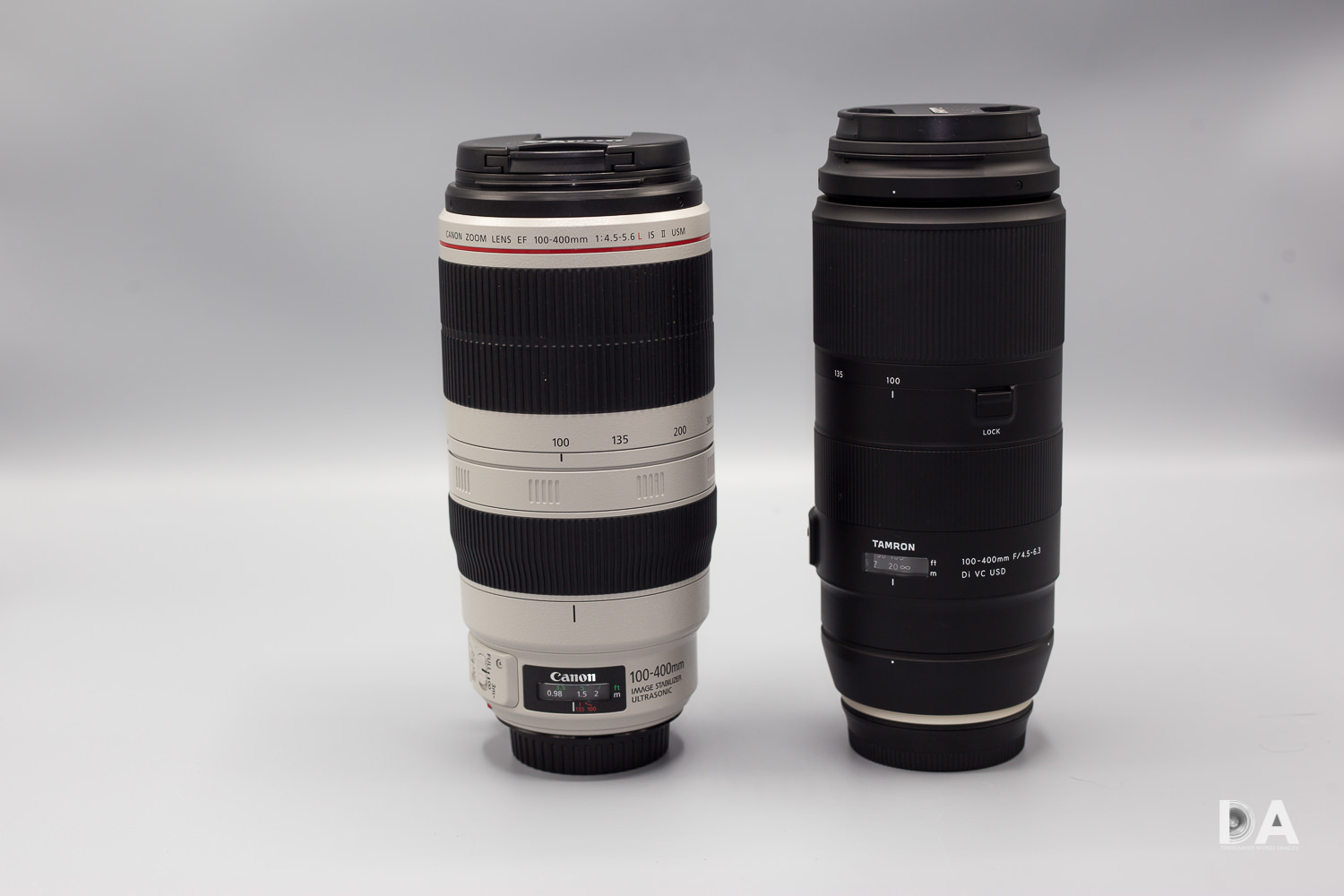
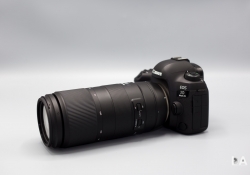
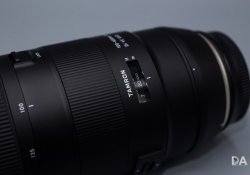
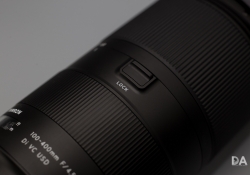
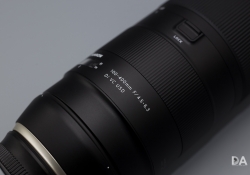
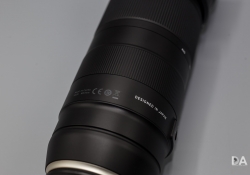

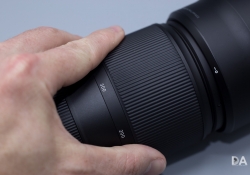
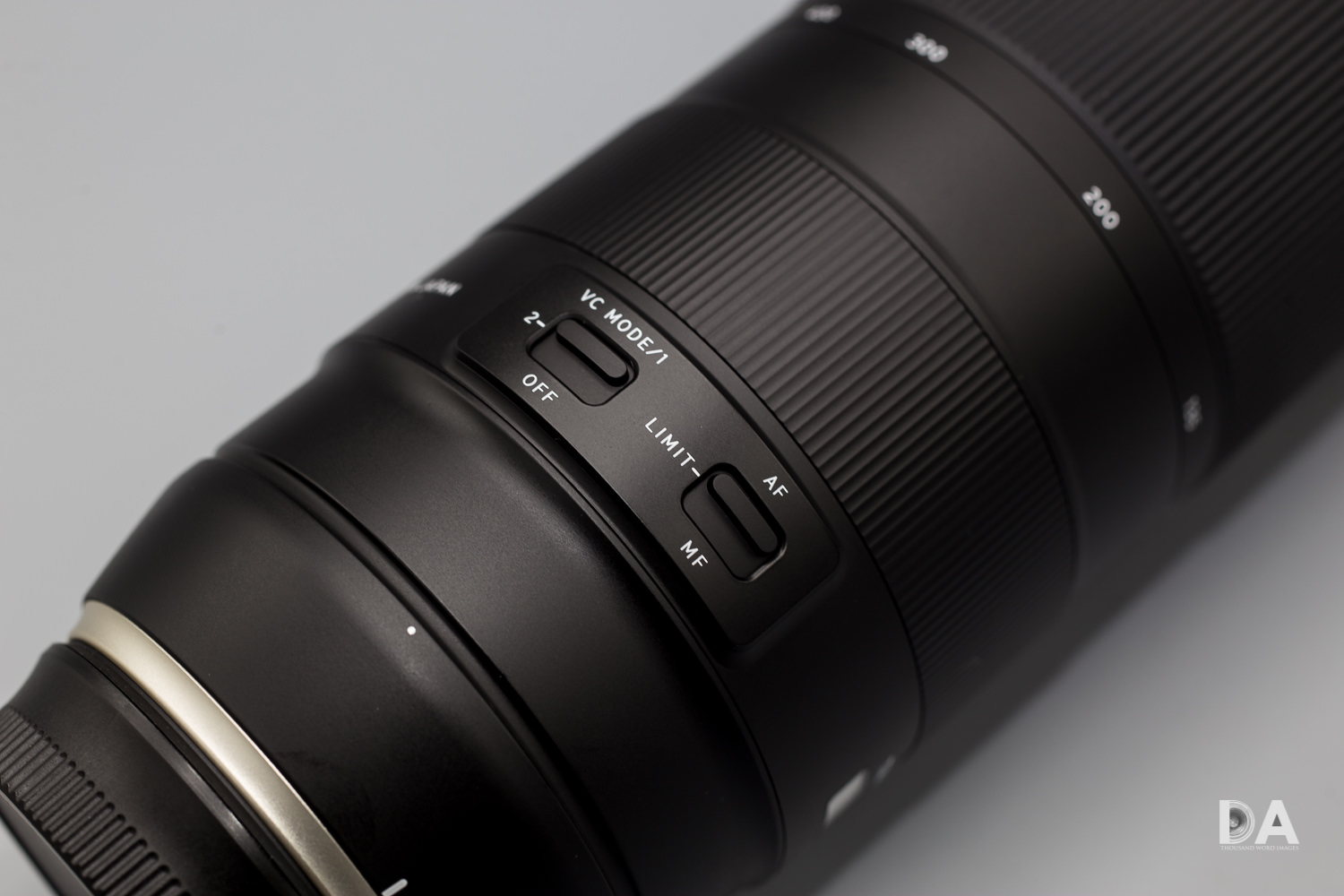
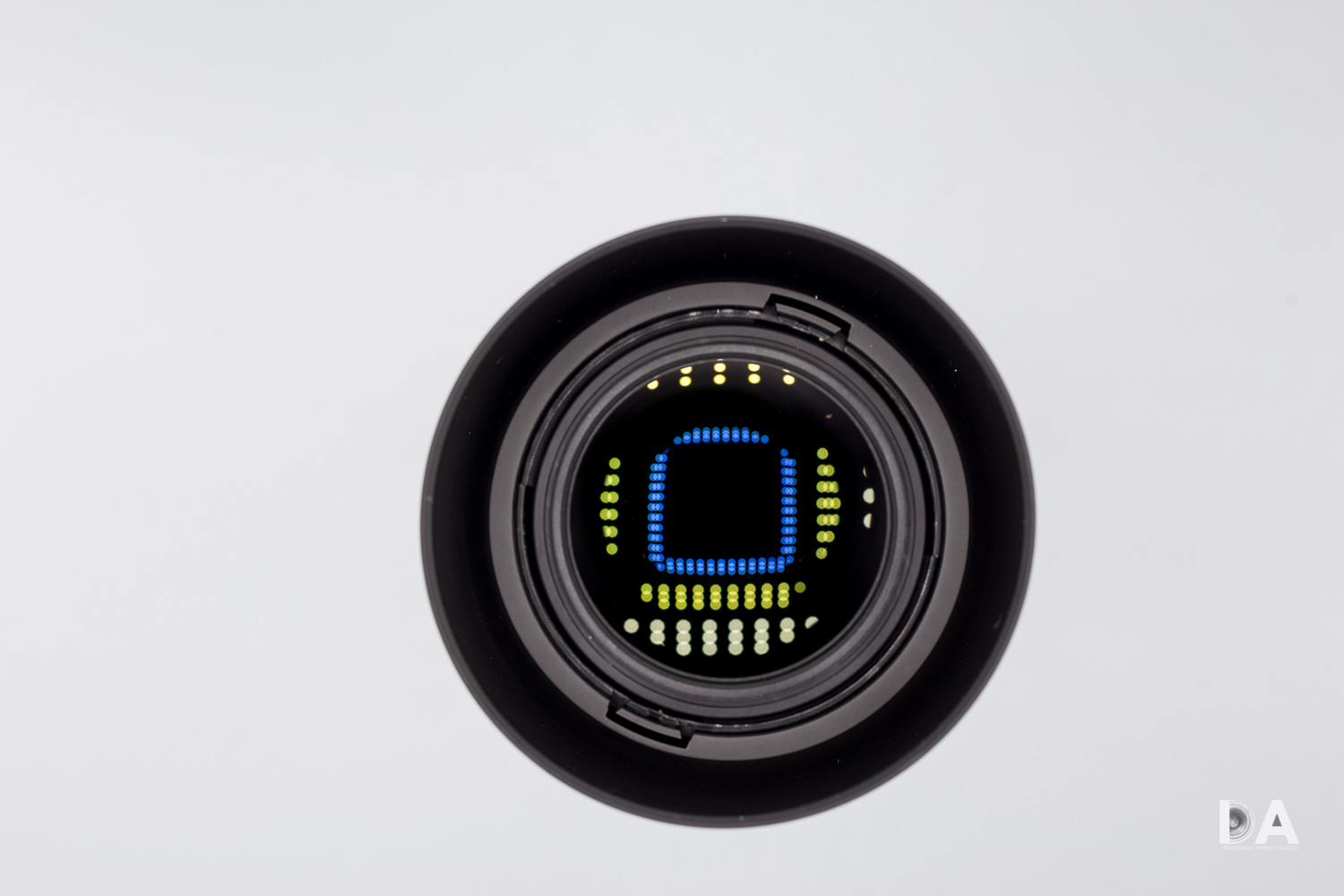




























































[…] ja just need kaks protsessorit peaksidki teoorias tagama tavalisest kiirema autofookuse. Dustin Abbott kirjutab oma 4nda detsembri ülevaates, et Tamroni “autofookus üksikkaadrite pildistamisel on sama hea nagu Canon EF 100-400mm […]